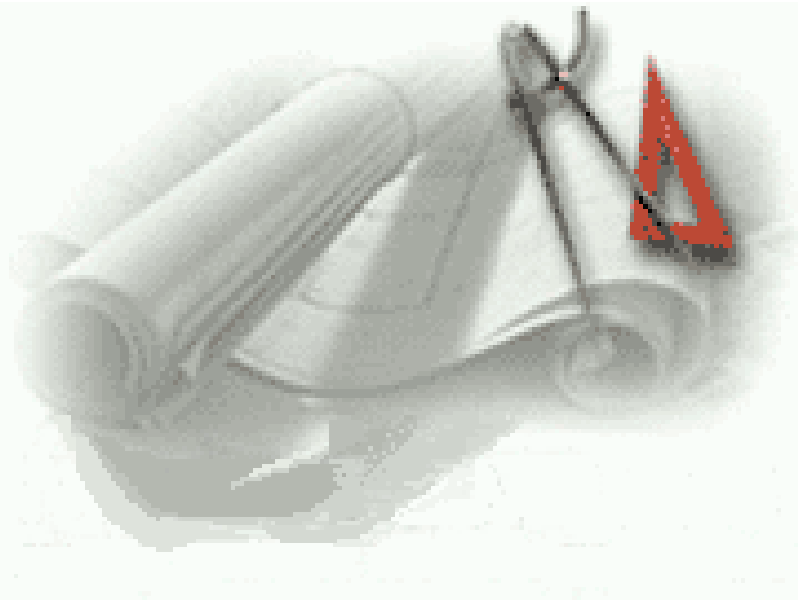

|
|
|
|
|
|
|
|
|
|
|
|
|
|
|
|
|
|
Mechanical Engineering in building construction involves the design of Plumbing and Air-Conditioning.
Plumbing design include sewer lines, water supply lines, sprinkler systems, swimming pools, gas lines and any piping system that conveys water, air, gas or other liquids (lines are the pipes). Air-Conditioning design include cooling, heating, ventilation and indoor air quality (IAQ) of buildings. |

|
|
To Email Us |
|
Plumbing Design:
How to put Plumbing System together
Sewer Pipes = Pipes that carry away waste to sewer treatment plant or septic tank. Water Supply Pipes = Pipes that Supply Water to building. Lawn Sprinkler Systems = Lawn Sprinkler System including piping and sprinkler heads, etc. Swimming Pools = Pump supply, return and filter. Gas Pipes = Gas lines and any piping system that conveys water, air, gas or other liquids. Fire Sprinkler Systems = Fire Sprinkler System including piping and sprinkler heads, etc. |
|
| Sewer Lines: |
Sewer Lines are the pipes that carry away the water and sewer from your toilets (wc), lavs, shower and kitchen sinks.
The sizing of Sewer Lines are calculated by computing all of the connected fixtures, such as, water closets (toilets), lavs, sinks, showers, tubs, urinals, etc. Each of the connected fixtures are given a value per the Plumbing Code. Each of these values are called 'Fixture Units'. Examples of Fixture Units values per the Plumbing Code are: Water Closets = 4 Fixture Units (requires minimum 3" sewer line) Lavs = 2 Fixture Units (requires minimum 1 1/2" sewer lines) Kitchen Sinks = 2 Fixture Units (requires minimum 1 1/2" sewer lines) Tubs = 2 Fixture Units (requires minimum 1 1/2" sewer lines) Once all of the fixture units are added together, refer to the Plumbing Code for the size of the pipe required for all of the connected fixtures. The size of the pipe may change according to the slope of the sewer line. Refer to the Plumbing Code for location of clean-outs and the required vent sizes. The code also specifies the how far above the roof the vent shall extend. |
| Water Lines: |
Water Lines are calculated by computing all of the connected fixtures, such as, water closets (toilets), lavs, sinks, showers, tubs, urinals, etc. Each of the connected fixtures are given a value per the Plumbing Code. Each of these values are defined in the Code and assigned a pipe size for each type of fixture being served.
Examples of pipe size based upon Fixture type per the Standard Plumbing Code are: Water Closets = 3/8" (Tank Type) Water Closets = 1" (Flush Valve) Drinking Fountain = 3/8" Kitchen Sinks = 1/2" (residential) Shower = 1/2" (Single Head) |
|
Air-Conditioning Design:
Heating = Heating System of a building. Cooling = Cooling System of a building. Energy Calculations = Compute the Energy Consumption of a building. |
|
| Heating and Cooling: |
Cooling is the process of extracting humidity from the air, while Heating adds heat to the air molecules. All A/C Heating and Cooling design is performed by computing either heat gain or heat loss.
The design of an A/C (Heating and Cooling) system is a combination of computations relating to the number of persons in a building, the type of glass in the windows, the building components of the walls, roof, floors, lighting and any equipment or other components in the building that will either loss heat or gain heat thru the building envelope. The basic concept of A/C Cooling design is to remove any heat gained by the building envelope or other things that produce heat within the design space. The basic concept of A/C Heating design is to add heat to the building more quickly than it can be lost thru the building envelope. The unit of measurement used to determine heat gain or heat loss is the British Thermo Unit (BTU). As we all know when we purchase an A/C unit; we ask, "how many tons or how many BTU is that A/C unit?" For A/C units, a ton is the same as 12000 BTU, thus a 3 ton unit is a 36000 BTU unit. Eventhough, the process of computing the number of BTU's required for a specific building is straight forward, it is still time consuming. For this reason computers have been a great help to the Engineer in speeding-up the design process, it also produces more accurate calculations. In the State of Florida, as part of the A/C consideration, all buildings must have an Energy Calculation performed on the building. The Energy Code takes into account the various building components, such as, how the walls, roof and floors are constructed and the insulation value used. Other things taken into account are lighting, building orientation, heat gain thru the glass, as well, as the type of glass. It is also necessary to identify the type and efficiency of the water heater, as well as, the size and efficiency of the A/C units. Once the Energy Code calculations are done, the results are compared to a set of design standards established by the Department of Community Affairs to determine if the building to be constructed will be efficient, in it's use of energy, both for heating and cooling. Therefore, a well designed building will pass the Energy Code, and will provide the future owner with the most economical building to operate. A well designed building will save the building owner money, by reducing electric consumption. Most states now implement some form of energy calculation, check with your local building department. |